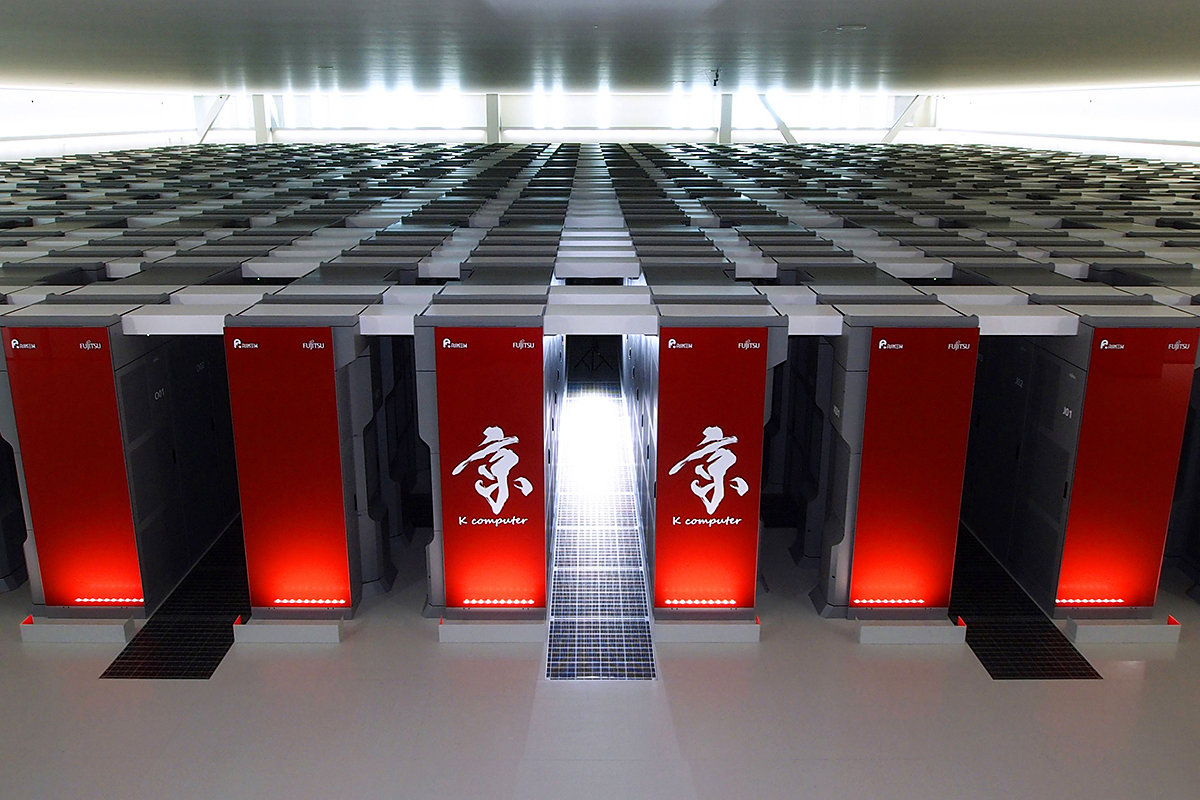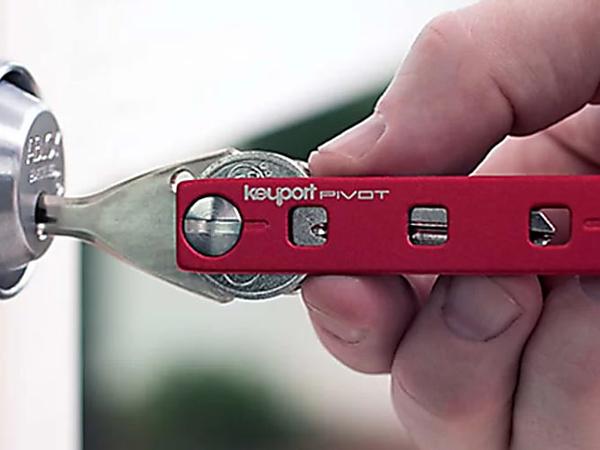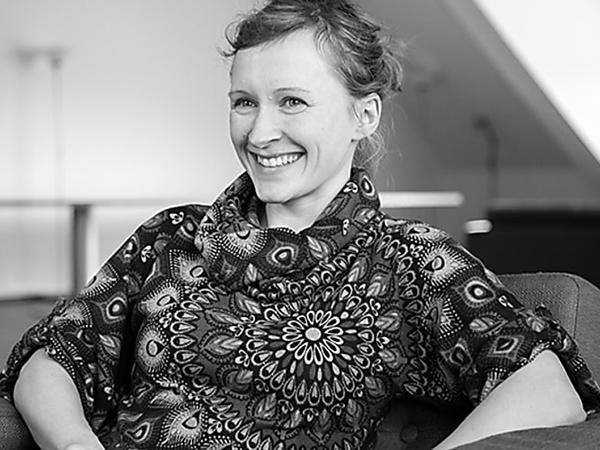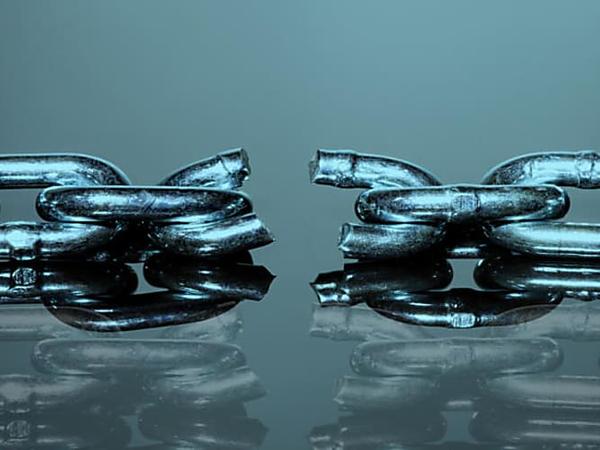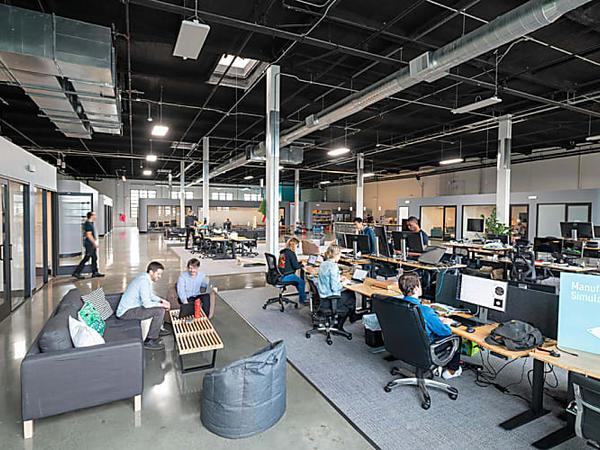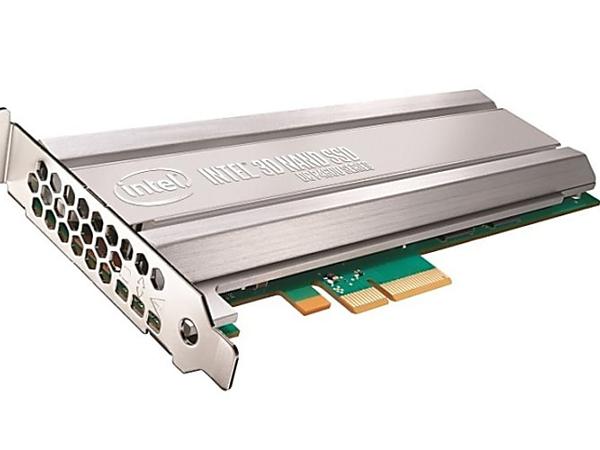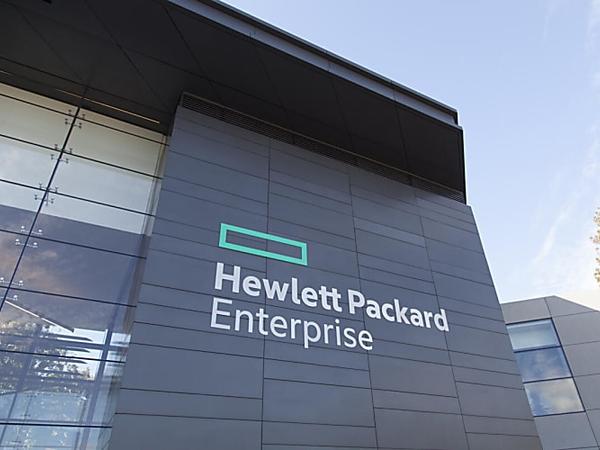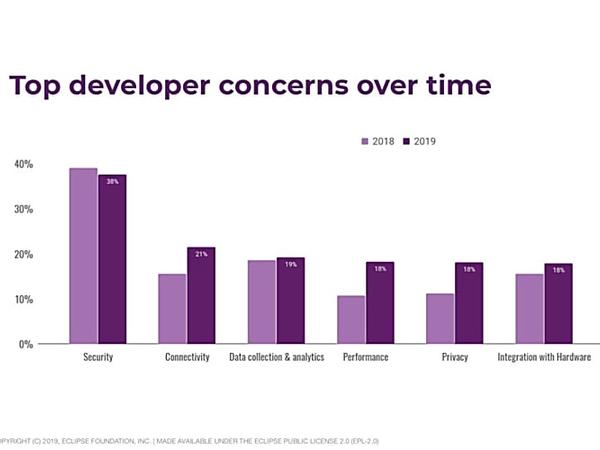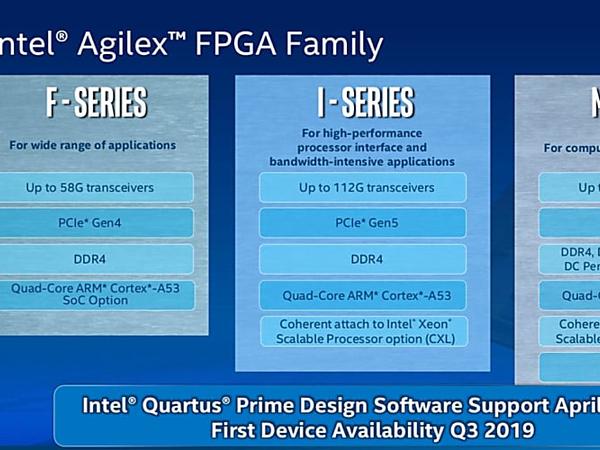Fujitsu and Japanese research institute Riken announced the design for the post-K supercomputer, to be launched in 2021, is complete and that they will productize the design for sale later this year.
The K supercomputer was a massive system, built by Fujitsu and housed at the Riken Advanced Institute for Computational Science campus in Kobe, Japan, with more than 80,000 nodes and using Sparc64 VIIIfx processors, a derivative of the Sun Microsystems Sparc processor developed under a license agreement that pre-dated Oracle buying out Sun in 2010.
It was ranked as the top supercomputer when it was launched in June 2011 with a computation speed of over 8 petaflops. And in November 2011, K became the first computer to top 10 petaflops. It was eventually surpassed as the world's fastest supercomputer by the IBM’s Sequoia, but even now, eight years later, it’s still in the top 20 of supercomputers in the world.
What's in the Post-K supercomputer?
The new system, dubbed “Post-K,” will feature an Arm-based processor called A64FX, a high-performance CPU developed by Fujitsu, designed for exascale systems. The chip is based off the Arm8 design, which is popular in smartphones, with 48 cores plus four “assistant” cores and the ability to access up to 32GB of memory per chip.
A64FX is the first CPU to adopt the Scalable Vector Extension (SVE), an instruction set specifically designed for Arm-based supercomputers. Fujitsu claims A64FX will offer a peak double precision (64-bit) floating point operations performance of over 2.7 teraflops per chip. The system will have one CPU per node and 384 nodes per rack. That comes out to one petaflop per rack.
Contrast that with Summit, the top supercomputer in the world built by IBM for the Oak Ridge National Laboratory using IBM Power9 processors and Nvidia GPUs. A Summit rack has a peak computer of 864 teraflops.
Let me put it another way: IBM’s Power processor and Nvidia’s Tesla are about to get pwned by a derivative chip to the one in your iPhone.
Fujitsu will productize the Post-K design and sell it as the successor to the Fujitsu Supercomputer PrimeHPC FX100. The company said it is also considering measures such as developing an entry-level model that will be easy to deploy, or supplying these technologies to other vendors.
Post-K will be installed in the Riken Center for Computational Science (R-CCS), where the K computer is currently located. The system will be one of the first exascale supercomputers in the world, although the U.S. and China are certainly gunning to be first if only for bragging rights.

